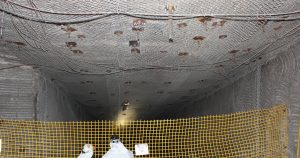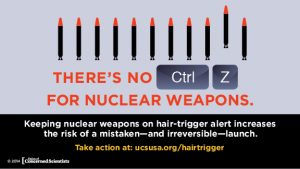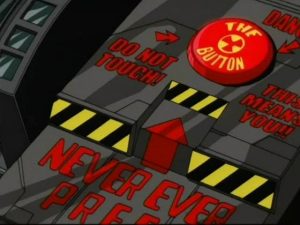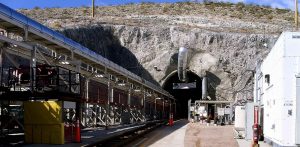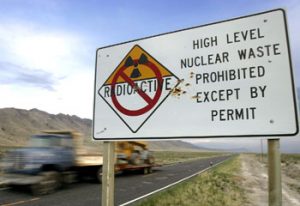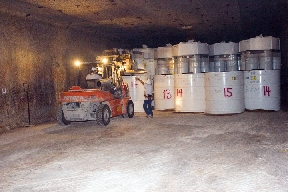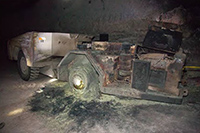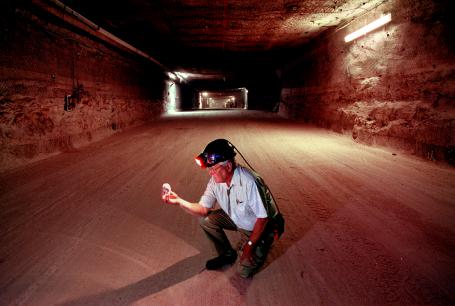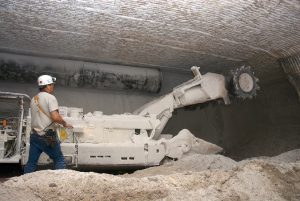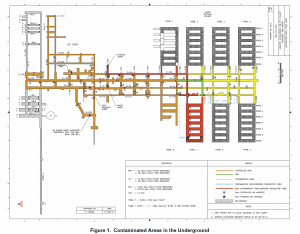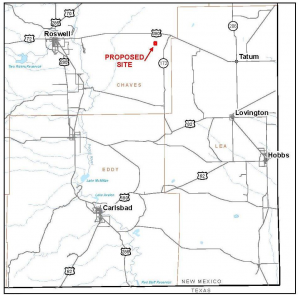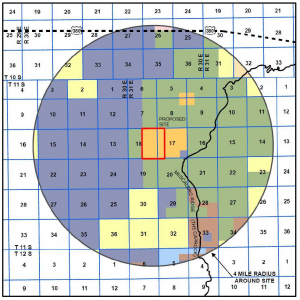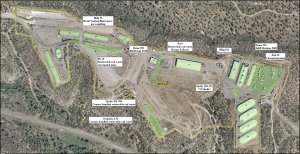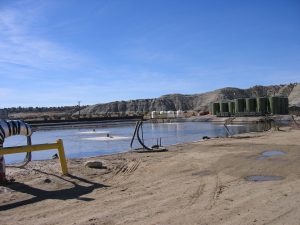![]() With grave public health and environmental concerns about the potential reopening of the Waste Isolation Pilot Plant (WIPP) before the end of the year, on December 10, 2016 two non-profit organizations, Citizen Action New Mexico and CCNS, filed an expedited Freedom of Information Act (FOIA) request with the Department of Energy (DOE) for key documents, including the recently finalized 350-page Operational Readiness Review. FOIA_WIPP_Emergency_Release_Dec10 DOE is required to respond within 10 days to an expedited FOIA request. DOE denied the request because “no one will die tomorrow.” DOE-Response-to-Expedited-FOIA-12-16-16
With grave public health and environmental concerns about the potential reopening of the Waste Isolation Pilot Plant (WIPP) before the end of the year, on December 10, 2016 two non-profit organizations, Citizen Action New Mexico and CCNS, filed an expedited Freedom of Information Act (FOIA) request with the Department of Energy (DOE) for key documents, including the recently finalized 350-page Operational Readiness Review. FOIA_WIPP_Emergency_Release_Dec10 DOE is required to respond within 10 days to an expedited FOIA request. DOE denied the request because “no one will die tomorrow.” DOE-Response-to-Expedited-FOIA-12-16-16
On December 21st, at the invitation of the DOE FOIA Office, Dave McCoy of Citizen Action, Joni Arends of CCNS, and Don Hancock of Southwest Research and Information Center participated in a conference call about “narrowing” the information request. They argued the FOIA should be expedited because of the existing imminent and substantial endangerment to workers, the public and the environment from hazardous conditions in the WIPP underground, citing the November 3rd roof fall of a 200-foot long slab of salt in the panel where DOE plans to begin waste emplacement. Workers were evacuated.
DOE responded that the groups could appeal the denial to the DOE Office of Hearings and Appeal.
Nevertheless, despite assurances that the operational readiness review would be publicly released on December 12th, it was not. On December 15th, the DOE team leader provided a powerpoint summary of it at the WIPP Town Hall meeting. http://www.wipp.energy.gov/wipprecovery/Presentations/Town_Hall_Slides_12_15_16.pdf View the Town Hall at https://livestream.com/rrv/wippdec
DOE describes readiness reviews for nuclear facilities as providing “an independent verification of readiness to start or restart operations.” See DOE Order 425.1D. The review team, composed of DOE officials from Hanford, Idaho, Oak Ridge, Savannah River, and DOE Headquarters, found 21 items that must be corrected prior to the proposed reopening and 15 items that may be corrected after reopening. “Impact on safety” is the DOE’s criteria to determine what distinguishes prestart items from post-start items.
During the Town Hall, Don Hancock, of Southwest Research and Information Center, asked how ceiling collapses would be avoided when waste emplacement begins and continues for three years. The question was not answered. http://www.sric.org/
When asked whether Nuclear Waste Partnership, the management contractor and operator at WIPP, would receive a bonus if a container of waste was emplaced in the WIPP underground before the end of the year, Phil Breidenbach, President and Project Manager of Nuclear Waste Partnership, responded, “No.” However, the Performance Evaluation and Measurement Plan (PEMP) clearly states that Nuclear Waste Partnership would receive a $2.1 million bonus. See Metric/Milestone 1 on p. 12 of the FY 17 PEMP at http://www.wipp.energy.gov/NWPpayments/NWP/FY17_PEMP.pdf – correction made 12/28/16 from Metric/Milestone 1 on p. 13 at http://www.wipp.energy.gov/NWPpayments/NWP/FY16_PEMP_%20Rev_2.pdf
Quietly, on Friday, December 16th, the New Mexico Environment Department approved the “resumption of normal operating status at WIPP.” https://www.env.nm.gov/wp-content/uploads/2016/01/161222PR-WIPPInspectionCompleted-1.pdf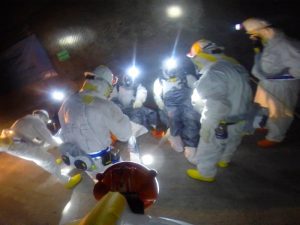
CCNS and others argue that “normal operating status” no longer exists at WIPP because it is not the facility originally permitted by the Environment Department in 1999. It is now a contaminated site with inadequate ventilation requiring workers to wear personnel protective equipment, including respirators.
Dave McCoy, of Citizen Action New Mexico, stated, “The Department of Energy is keeping critical safety documents secret that may challenge an overly hasty resumption of WIPP operations. WIPP had a fire, an explosion with radiation exposure of 22 workers and the public, roof collapses, evacuations, and lacks medical and radiological response staffing. Workers and the taxpayer deserve safety.” http://www.radfreenm.org/
On December 22, 2016, Citizen Action and CCNS appealed the denial of the expedited FOIA request. CANM-CCNS-OHA-WIPP-Appeal-12-22-16

